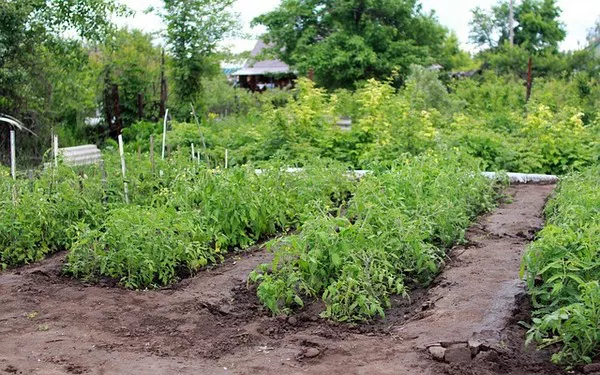Caring for houseplants often means striking a delicate balance between watering enough to meet the plant’s needs but not so much that roots are damaged by soggy soil. Many well-intentioned plant parents end up overwatering their leafy companions. Luckily there are clear signs to diagnose overwatering and get moisture levels back on track. Read on to learn the visible symptoms, causes, and solutions for overhydrated plants.
Leaves Appear Wilted or Droopy
One key indicator of overwatering is leaves that look limp, wilted, or droopy. This contrasts with underwatering, where leaves turn crisp and brown at the edges first. With overwatering, cells become engorged and swollen with excess water. This strains cell structures, causing them to lose structural integrity. The leaves then appear flaccid or sagging even though the plant has adequate water. These saturated, weakened cells are prone to collapsing entirely as rot sets in. So be sure not to confuse the appearance of wilting with needing more water.
Soil Stays Wet for a Long Time
Check how long moisture actually lingers in the pot before watering again. Overly damp soil is both a cause and symptom of too frequent watering. Soil that takes over a week to fully dry out likely means watering needs to be less frequent. The exception is tropical plants that thrive in constantly moist soils. But most common houseplants prefer the top few inches of soil to dry between waterings. If you press a finger into the topsoil and moisture is still evident, hold off before adding more. Dropping watering down to once the top several inches of soil become dry will help reduce excess moisture.
Leaves Turn Yellow or Drop Off
If the cells in leaves become utterly saturated due to overwatering, they will start to die and turn yellow or brown. The damage may start as just yellow or brown patches, but can spread across the entire leaf. These soggy leaves will eventually wilt and drop off the plant as rot spreads up from the stem. Too much moisture essentially causes the plant to drown from the roots up due to lack of oxygen. Keep an eye out for multiple leaves rapidly yellowing or excessive leaf drop as possible signs you need to scale back on water.
Roots Appear Brown or Rotting
The most definitive test for overwatering is to examine the plant’s root system itself. Gently remove the plant from its pot and inspect the roots. Healthy roots should be firm and pale to bright white in color. Overwatered roots will look brown, mushy or retain a brown film. Severely damaged roots may be soft, slimy or outright rotting away. The saturated soil environment starves roots of oxygen, causing them to suffocate and decay. Troubled roots confirm too much moisture around them. Repotting in fresh, dry soil can help damaged roots recover. Take care not to disturb any remaining healthy white roots in the process.
Slow or Stunted New Growth
When a plant gets ample sunlight and nutrients but its leaves stay small or new growth is stunted, overwatering could be the culprit. Too much water fills up a plant’s cells, leaving less room for the transport and uptake of nutrients needed to support growth. Lower oxygen levels in soaked soils also restricts root function, impairing their ability to deliver nutrients and moisture at the proper rate. Therefore overwatered plants often show slow growth as cellular processes are thrown off balance.
Mold or Fungi Start Growing
Excessive moisture creates an ideal environment for fungal growth. Grey mold, powdery mildew, and other fungi can start colonizing on leaves, stems and even the soil surface when conditions stay too wet for too long. These opportunistic organisms thrive on dampness and exploit it to multiply. Their presence indicates humidity levels inside the pot have remained too high. While not inherently harmful to plants, mold overgrowth can lead to eventual root and stem rot. Eliminating excess moisture will make the environment less hospitable to unwanted fungi.
Implement Solutions to Correct Overwatering
If overhydration is caught early, adjusting watering practices can help plants rebound. Take these corrective actions:
Allow the plant’s soil to dry out completely before watering again.
Lower watering frequency and only add water when the top few inches of soil become dry.
Water less at a time when you do water, using smaller amounts.
Improve soil drainage by adding perlite, sand or small rocks to the potting mix.
Repot the plant in fresh, dry soil to allow waterlogged roots a chance to recover.
Trim off any severely yellow, wilted or rotten leaves or roots.
Move the plant to a warmer, sunnier location to help dry out soil faster.
Avoid moisture-holding saucers under pots by watering directly into soil.
Conclusion
With attentive adjustments to hydration and soil conditions, overwatered plants can bounce back quickly. Paying mind to visible symptoms allows you to steer your plants toward a happy, healthy watering regimen.


